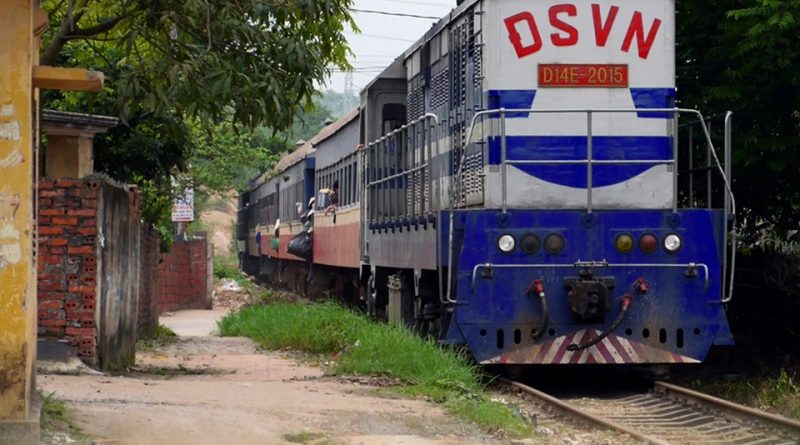
Vietnam: The Reunification Express
The Vietnamese railway network has a chequered history. Today it crosses roads, zips through slums and is poorly maintained. Accidents are rife. Each year the number of people dying in railway accidents accounts for about 2% of all deaths in the country – that’s 100 times worse than in India.
Established under French Colonial rule at the turn of the twentieth century, and completed nearly forty years later in 1936, Vietnam’s Railways have been plagued by poor infrastructure over the entirety of their lifetime. Over the course of the last century, the railway as a vital economic resource, has found itself at the heart of many international conflicts, sustaining major damage in the process.

Starting his journey in the north of the country, Zay Harding discovers that the railway has played a vital role in the recent history of the country. The entire railway network was initially constructed by the French when Vietnam was part of Indochina, a region under French control.
However, when the fighting escalated during the Vietnam War in the 1950s, the Vietnamese needed fresh supplies from their communist allies in China and the Soviet Union. With China and Vietnam using different gauges, everything needed to be unloaded from Chinese trains and re-loaded on Vietnamese ones. It was time to modify the system. Vietnam converted their track to match China.
With military supplies now coming into the country with ease, the railways quickly became a key target for US bombing in the north. On his way to Hanoi Zay meets Mr. Trinh, an ex-train driver who experienced the bombing first-hand when he was seriously injured and witnessed his colleagues killed in one of the frequent airborne attacks.
Throughout the war, engineers and construction workers fought to keep the railway alive. Major repairs were needed after each bombing and, nearly 40 years later, Vietnam’s railways are still in need of serious upgrades. Efforts are mainly concentrated on the main north-south railway, or ‘Reunification Express’. Jumping off this train in Hue, Zay helps a construction team repair one of the tunnels en-route. Time is limited; work must be carried out in between the 30 trains that run along the single track per day.
After visiting the demilitarized zone (DMZ) and the national cemetery commemorating the people who gave their lives to reunify the country, Zay continues his journey south on this line all the way to Ho Chi Minh City where he meets a General who was leading the final attack on the Presidential Palace in what was then Saigon.
But amongst the history of these tough trains that have survived against all odds, Zay still manages to entertain himself– from helping the locals load their daily market produce onto a passenger-come-cargo market train, discovering how trains are still vital to industry in Thai Nguyen’s steel factory and trying desperately to sleep on a wooden bench during a 22 hour train journey.
Credits
A Huge Thanks go to the following companies:
Vietnam in Focus: http://www.vietnaminfocus.com/
Easy Rider Tours: www.EasyRiders.com.vn
Vietnam Railways: http://vr.com.vn/
Avani Hotel, Hai Phong: http://www.gha.com/AVANI-Hotels-Resorts/AVANI-Hai-Phong-Harbour-View
Best Western Premier Indochine Hotel, Hue: www.bwp-indochinepalace.com
